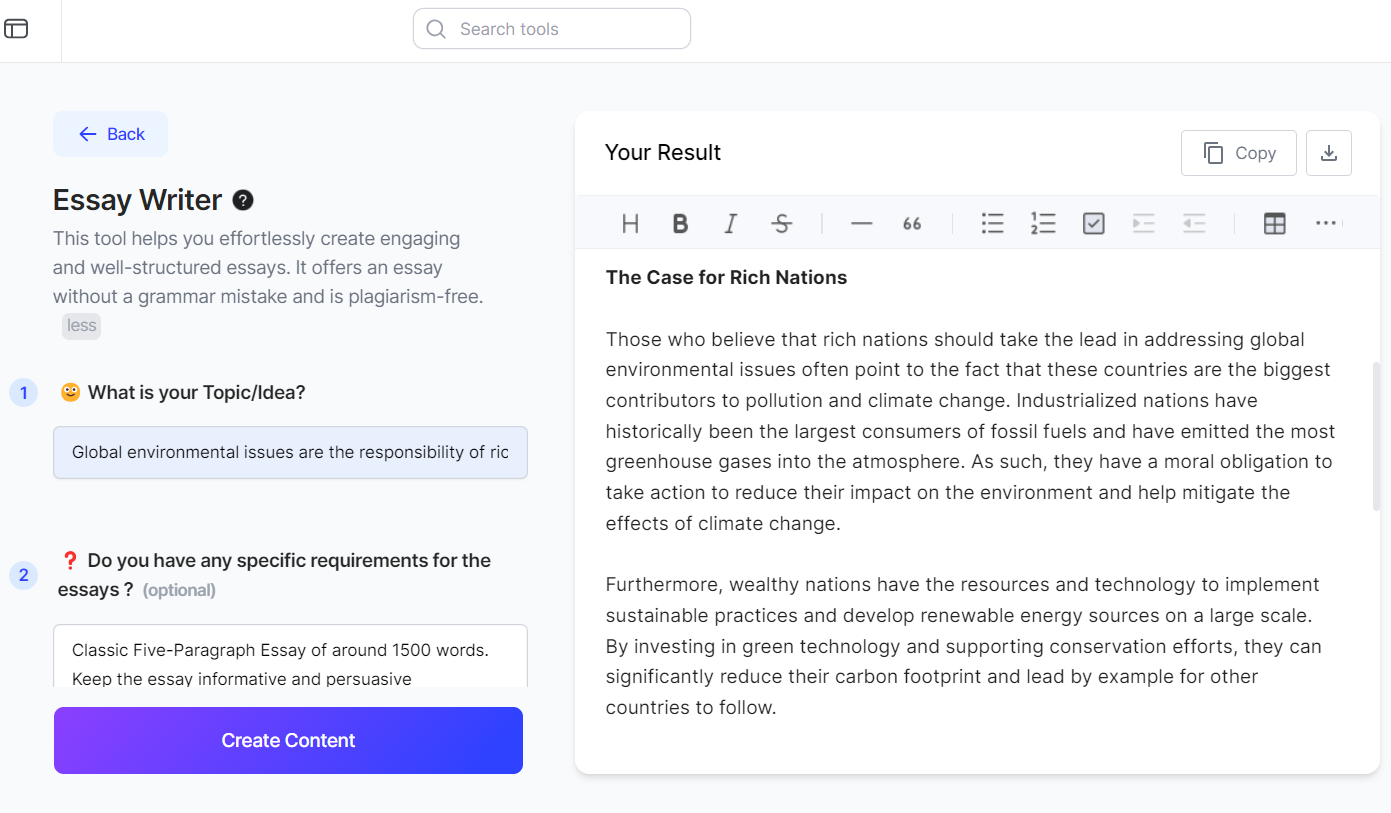
More and more people are using AI writing assistants to create articles, emails, marketing copies, and anything else the tools can write. Essays are not the exception. So, how to use AI to write essays? This article offers a step-by-step guide to help students overcome the challenges of essay assignments.
This guide is not as simple as “Hey ChatGPT, can you help me write an essay for this topic…”. You might’ve heard the arguments and ethical issues around using AI tools to generate academic writing. And if you handle the paper with content created from that “raw” prompt, you know how bad the consequence is.
In short, while AI should not replace your role in assignments, it could be a perfect assistant. But the process of using AI to help you write essays is more complicated than you might think. Worry not, I’m here to help.
Let’s start with the first step!
As you’ve got the essay requirement, it’s time to brainstorm and analyze the topic. Years ago, you might come up with all the perspectives by yourself. But today, AI tools can alleviate your burden to some extent.
For instance, if the topic is vast, AI can suggest specific ideas. Or, if the topic is narrow, it can help you explore unexpected angles. Using AI assistants is a perfect way to refine your focus and find a unique approach to the discussion.
Let’s say I use ChatGPT to help me analyze an environment-related topic. Here’s the prompt I input:
“I need to write an essay about the statement: “Global environmental issues are the responsibility of rich nations, not poor nations. Do you agree with this opinion?” I’m looking for strong arguments to support both sides of the issue. Can you suggest some key points I could consider for my essay?”
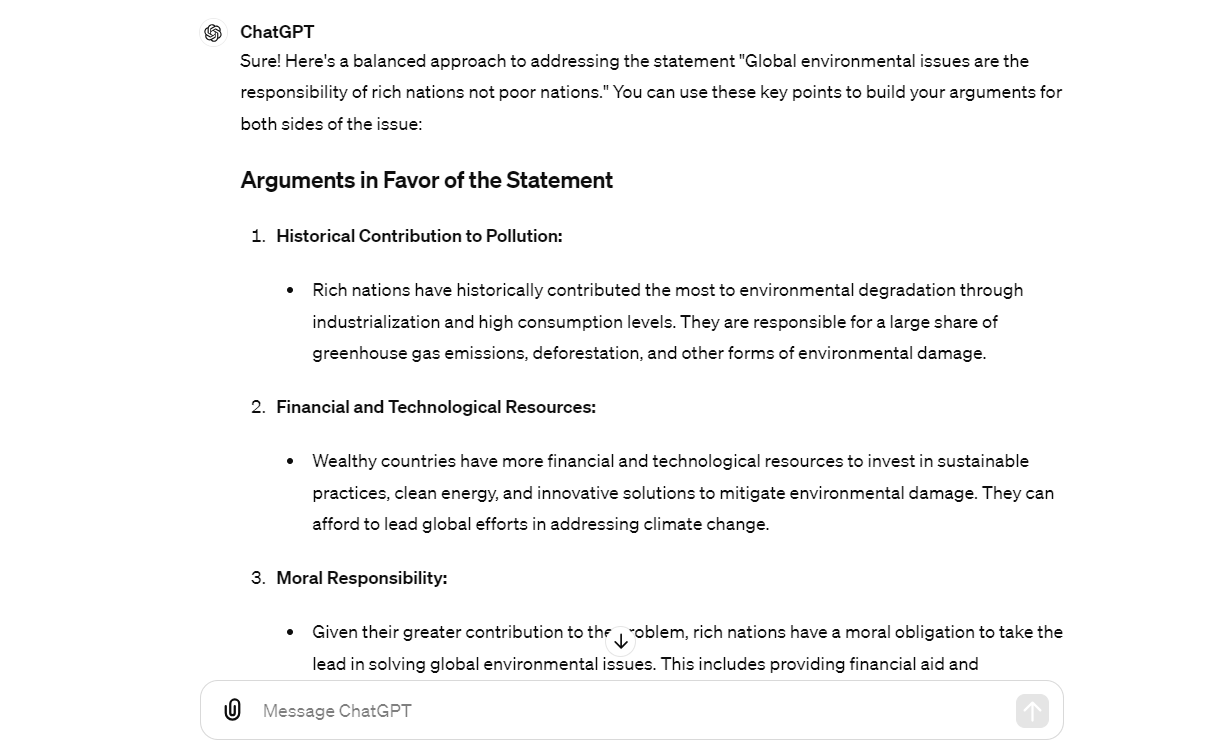
ChatGPT Helps Generate Essay Ideas
ChatGPT then quickly presents some potential arguments in favor of and against the statement. As I kept asking it to mention some interesting angles I could take on this topic, it further suggests “Historical responsibility vs. Current obligations”, “Economic and Policy factors”, Innovative solutions, and more. Thanks to this, I know what to include in my writing.
Next, you need the resources to collect useful information. Again, ChatGPT can save you from scouring the Internet to find reliable sources. I asked for its help, and ChatGPT didn’t let me down. It presented a referencing list covering books, academic journals, publications, articles, etc.
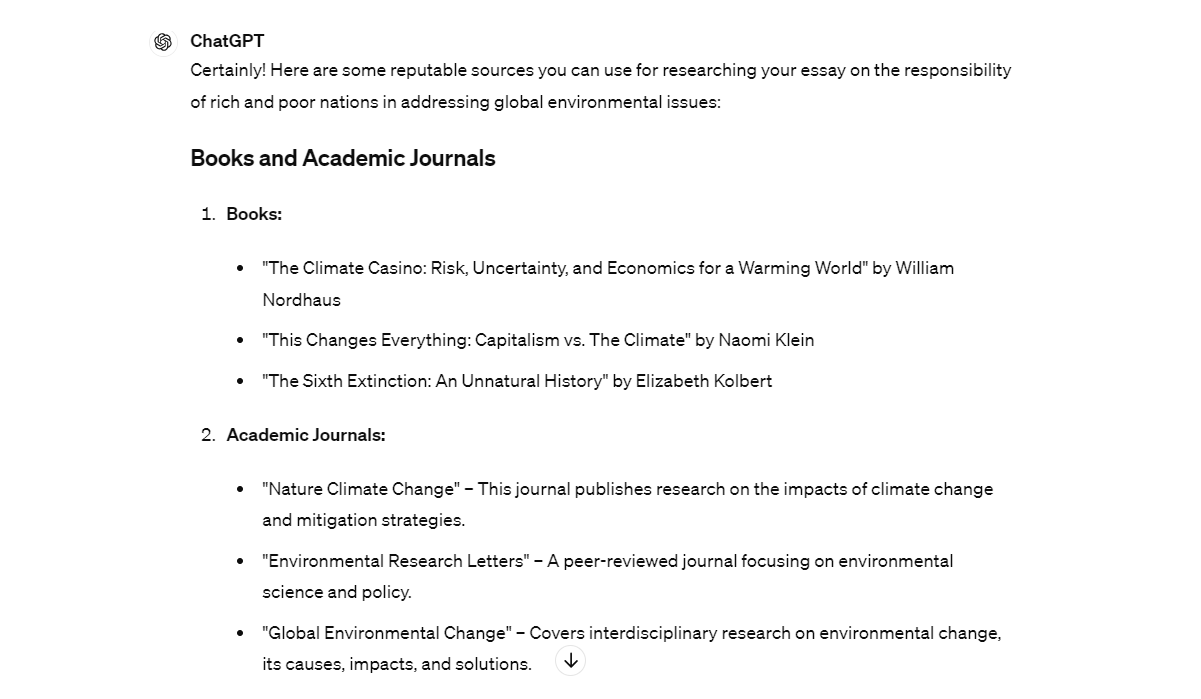
ChatGPT Assists in Finding References
Note: ChatGPT is still updating. It means that it might not suggest the latest sources that assist your essay writing. Thus, take time to do some research yourself to find extra sources that supplement what ChatGPT is missing.
You may be interested in: How To Find Sources for A Research Paper AI References (2025 Guide)
You can keep going with ChatGPT or switch to another reliable AI tool. Some well-known names, such as Jasper AI or Writesonic, are proving their exceptional content abilities. However, if you have a tight budget, try GravityWrite – one of the best free AI writers on the market.
I created an account, accessed my dashboard, and found a specific feature to create an essay outline. Cool!
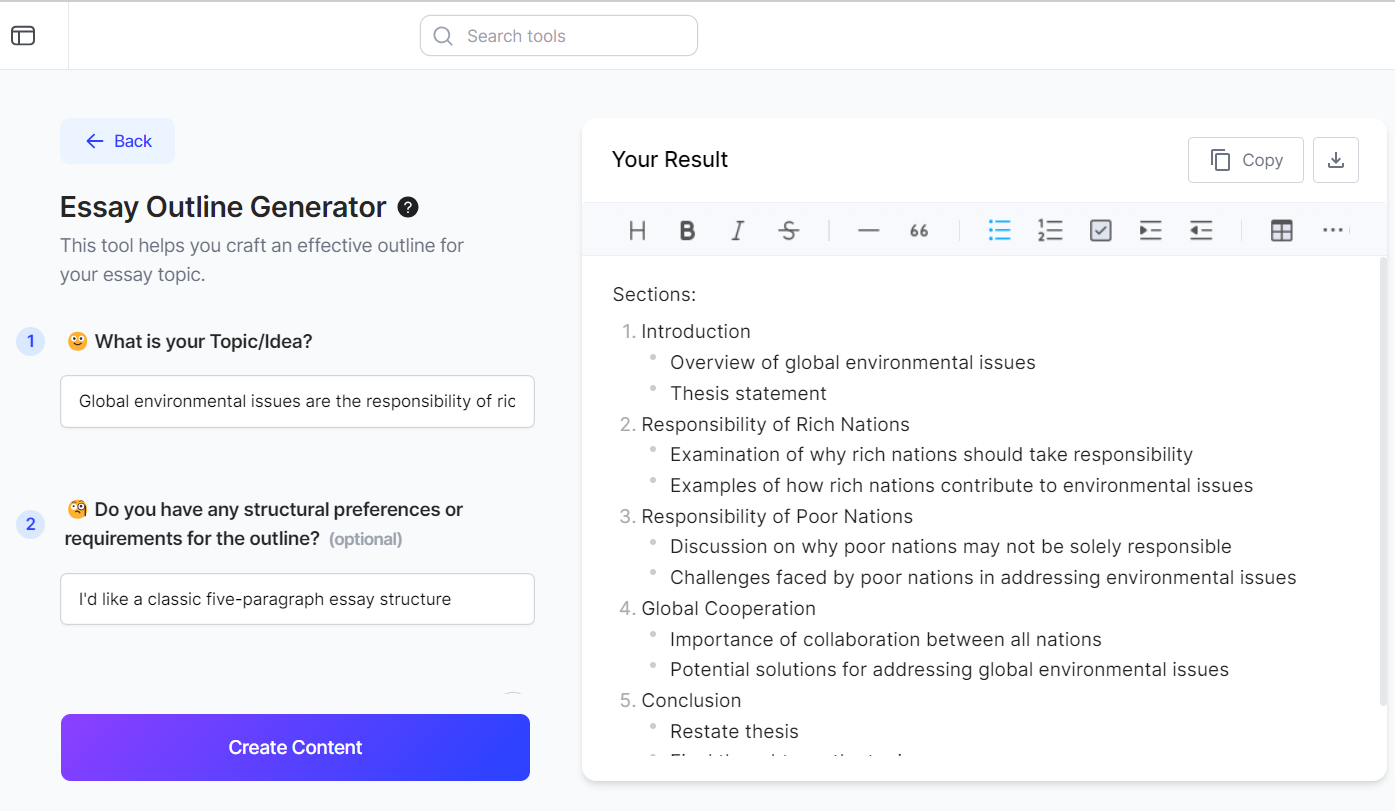
GravityWrite Outline Generator
Here, you need to input the topic and any requirements (optional). Let’s say I prefer a classic five-paragraph essay structure. Within seconds, GravityWrite presented a basic outline for me.
For this step, I switched to GravityWrite’s “Essay Writer” feature. The tool asks for extra requirements in addition to the topic. You can tell your preferences for essay structure, word count, thesis inclusion, or target audience. Besides, you can select among the tones GravityWrite offers or enter your desired tone.

How to Use AI to Write Essays – GravityWrite Feature
Remember that the AI-generated essay is your guideline, not your final draft. You need to analyze the written text to check for its accuracy. Comparing it with the sources you read in Step 2 might help. Correct misleading information and add impressive details or statistics to enrich your writing and avoid plagiarism.
You’ve made some checks and adjustments, but I’m sure that it’s still not a perfect version. The next step in this guide on how to use AI to write an essay involves co-editing. Here are some suggestions for improvements.
A thesis statement is an essential part of an essay. It summarizes the main point of your essay and tells the reader what kind of argument you’ll be making.
Suppose you write an essay from scratch. In that case, a manual thesis statement involves many steps, such as choosing a specific angle within your essay topic, developing a tentative thesis statement, and modifying your thesis based on research.
But here, you have AI tools to help with the previous steps. GravityWrite also included a thesis statement in the introduction. But if it does not seem strong enough, consider refining the statement using the paraphrasing or rewriting feature of AI tools like QuillBot, Stealthwriter, or GravityWrite. Here, you can suggest the tone you want for your statement.
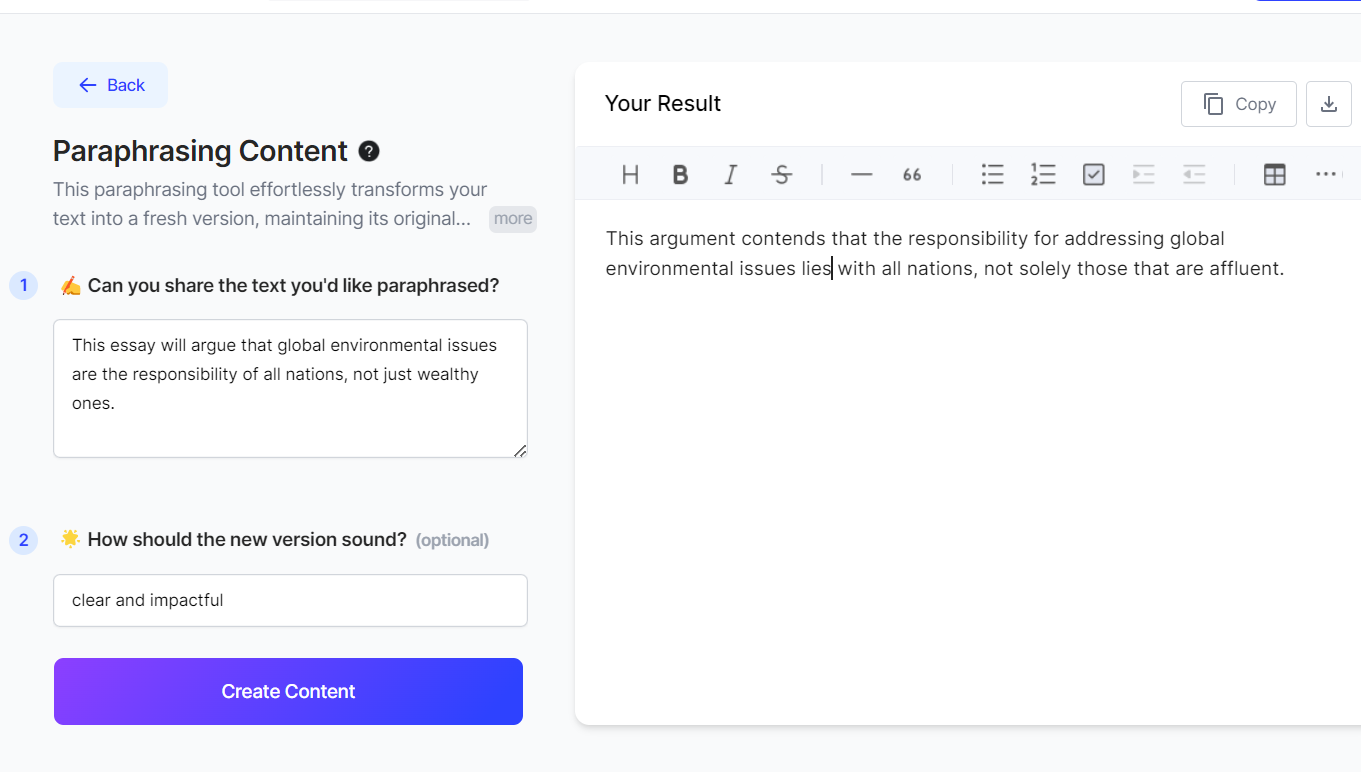
GravityWrite Paraphrasing Feature
Sometimes, your essay is not long enough, though you’ve tried to include all the related details. To solve this problem, consider adding examples, quotes, or references. Another supportive way is to expand the length of paragraphs.
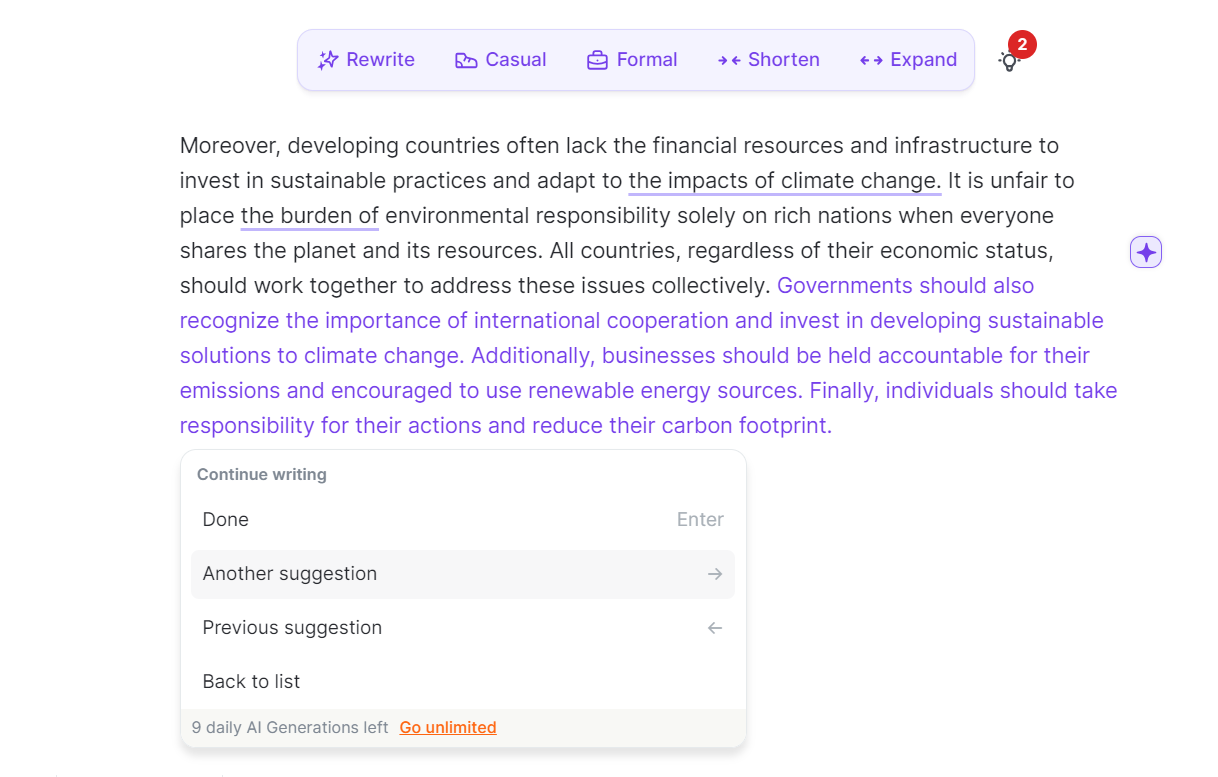
Wordtune’s Continue Writing Feature
AI writing assistants can help you deal with word count. For example, Wordtune offers me some options to make my writing longer, such as “Continue writing”, “Expand on”, or “Explain”. Double-checking is crucial since you don’t want to add fluff words to your writing.
The opening is crucial in enticing and retaining readers to read the whole text. To make your essay opening more engaging, you can add compelling statistics, ask an interesting question, or use storytelling.
If you’re stuck with ideas, use ChatGPT, Google Gemini, or any AI assistant that offers AI writing features. For instance, I asked Gemini to add a shocking statistic to my opening.

Google Gemini Helps Boost Essay Opening
Not bad, isn’t it? For this method, remember to check the accuracy of the statistics before adding to your introduction.
Research and a logical writing style can make your essay sound more persuasive. If you find it intimidating to manage your essay, break it down into different parts, such as writing a thesis statement based on research, finding opposite arguments, or ending your essay persuasively.
So, can AI tools help you optimize yout text through these tactics? The answer is yes!
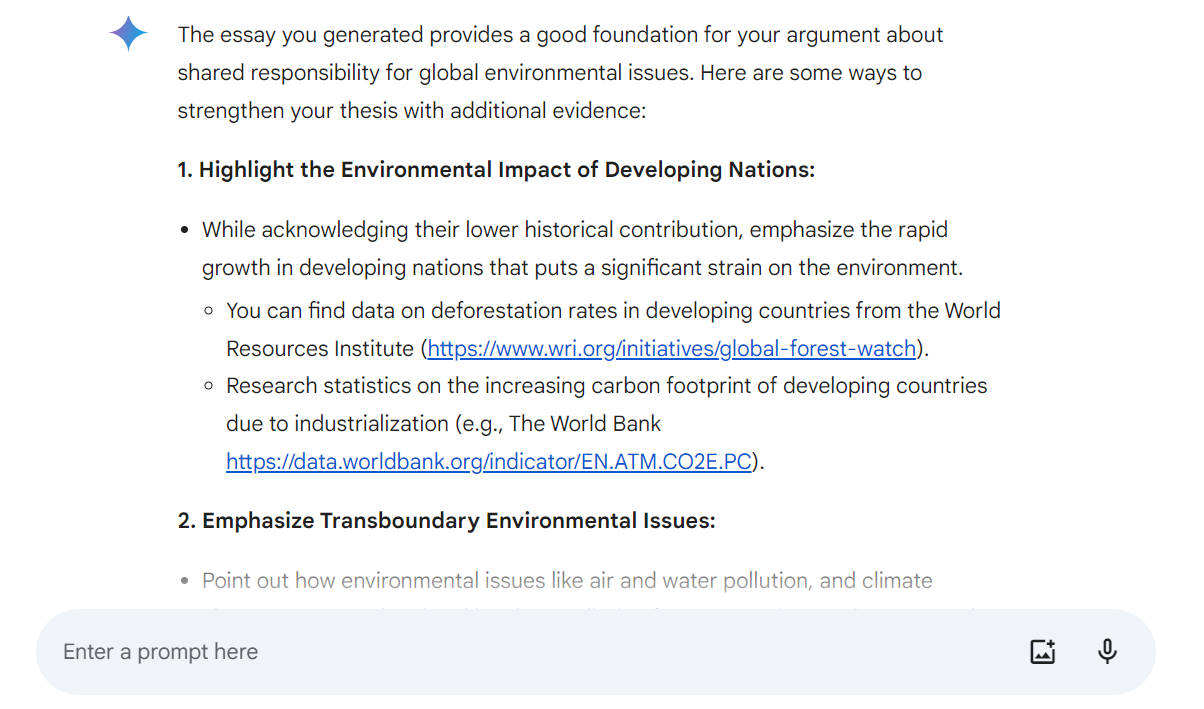
Google Gemini Finds Evidence to Back Up Thesis
I gave Gemini the Gravity-written essay earlier and asked it to add extra evidence to back up my thesis. It then presented several statistics to strengthen my thesis, which I found very helpful.
Plagiarism is a big struggle when it comes to AI writing. The act of adding statistics or examples, as we’ve mentioned, is a good way to make your text more original. But since you use AI to write essays, there’s a lot more to do to avoid plagiarism.
Fear not! AI tools can handle this challenge (not always 100% efficient, but I see many improvements that help me save time).
This time, I used Stealthwriter’s free plan to “Humanize” my essay. After getting the output, I asked Grammarly to check its plagiarism. Amazingly, there’s no matching source detected.
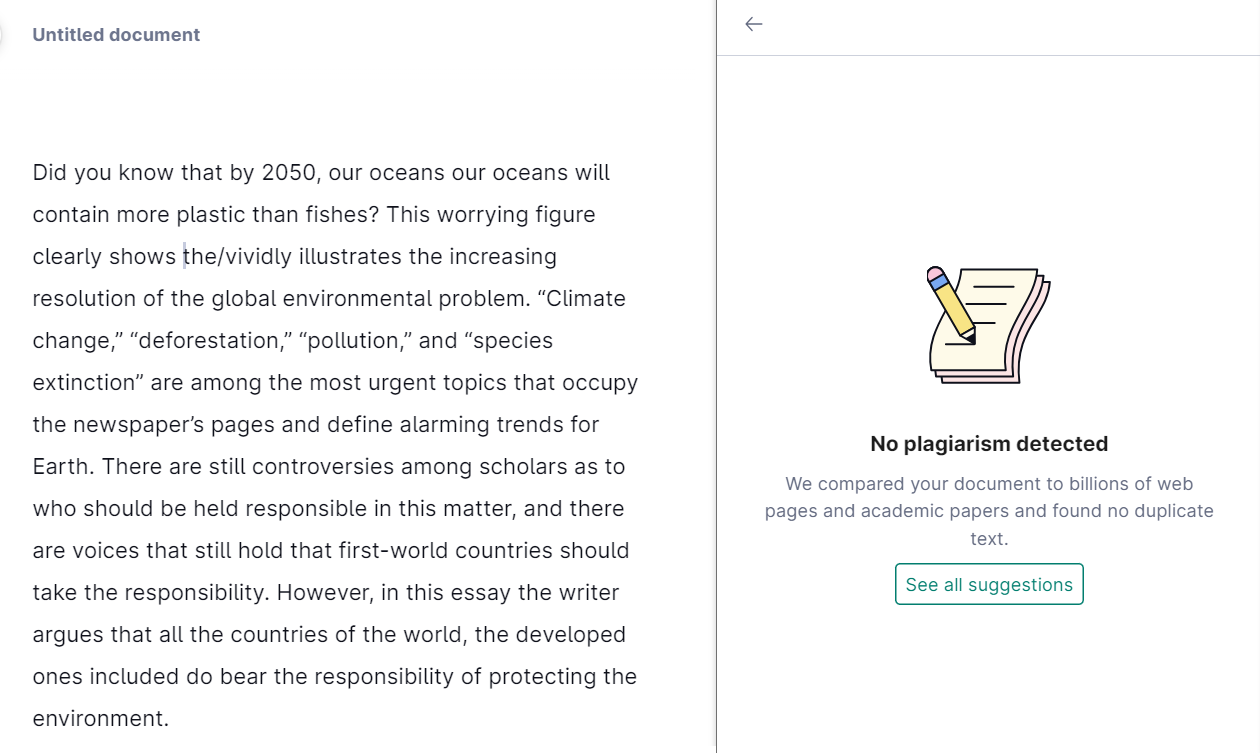
Grammarly Checking Plagiarism of an AI-written Essay
I also checked its originality using Copyleaks. And it appeared that my text was human written.
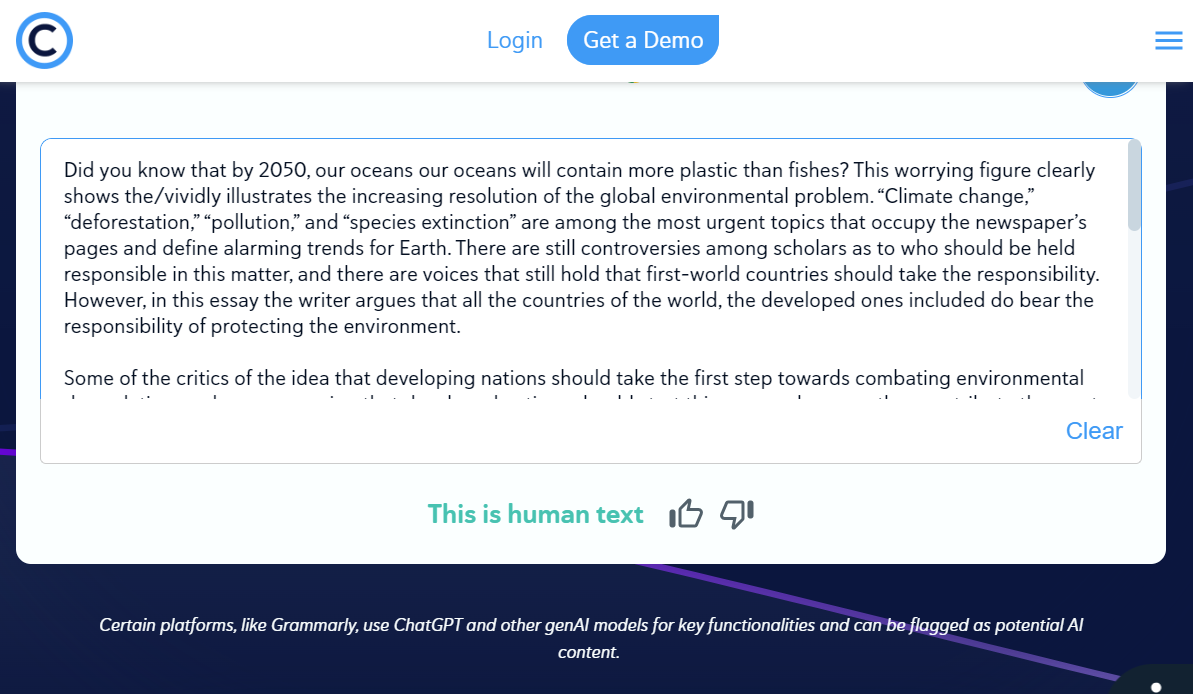
Copyleaks Checking Originality of an AI-written Essay
Note that I didn’t use the primitive draft of Gravitywrite in Step 4. There are some twists and editing touches, as suggested. In case the detectors flag any plagiarism or AI content in your essay, you can add extra human flair to make it become original.
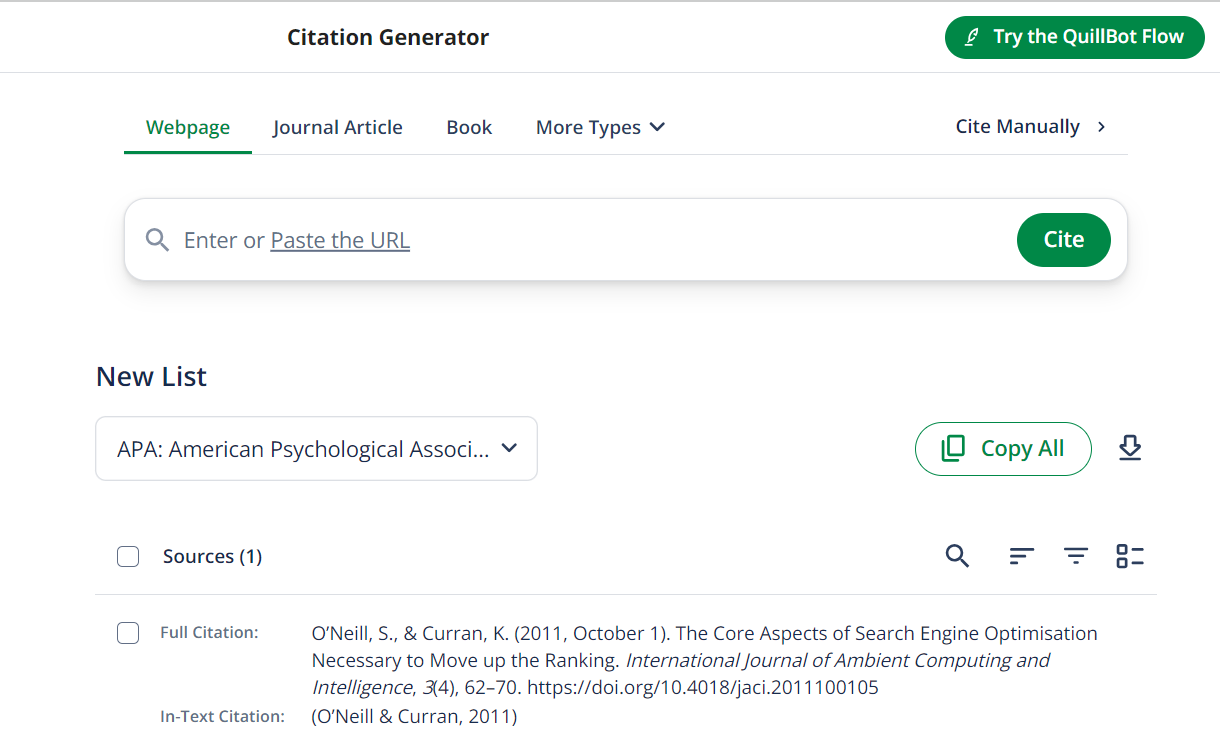
QuillBot Citation Generator
Citing sources is a smart way to support your claim and avoid plagiarism. However, it works when you make it in the right way.
QuillBot is a big supporter in this field. It can generate citations from multiple sources, including books, journal articles, web pages, etc. The output is a concise and well-formated citation in a style of your choice (e.g., APA, MLA, or Chicago).
While AI can be an effective tool for brainstorming and writing, it’s crucial to remember that accuracy and critical thinking are still your responsibility. Here are the final steps to ensure the information in your essay is reliable and credible:
You may be interested in: How to Write a Research Paper Fast? 9 Steps Actually Work
It’s no longer a nightmare for students if they know how to use AI to write essays. However, this doesn’t mean that you totally rely on AI. You’re still the main part of the story, and those tools are your assistants, which can help you gain unique ideas and save time.
Do you want to learn more about artificial intelligence essay writing or any AI-related issues? Leave a comment below to discuss with Techdictionary!
Yes, that’s possible. Many students wonder whether they can use AI to write essays. AI can write an appropriate essay for students at any grade level with its development.
GravityWrite is one of the best free AI tools for writing essays. It can generate an outline or the whole text based on your topic, tone, and other requirements. This tool also allows you to refine your draft using features like text improver or content simplifier.
Use of AI writing tools like ChatGPT for assignments is considered plagiarism and can lead to failure or penalties. It’s because most AI-written writing uses existing texts. However, when used appropriately, these tools can aid in brainstorming and collaborative content editing.

